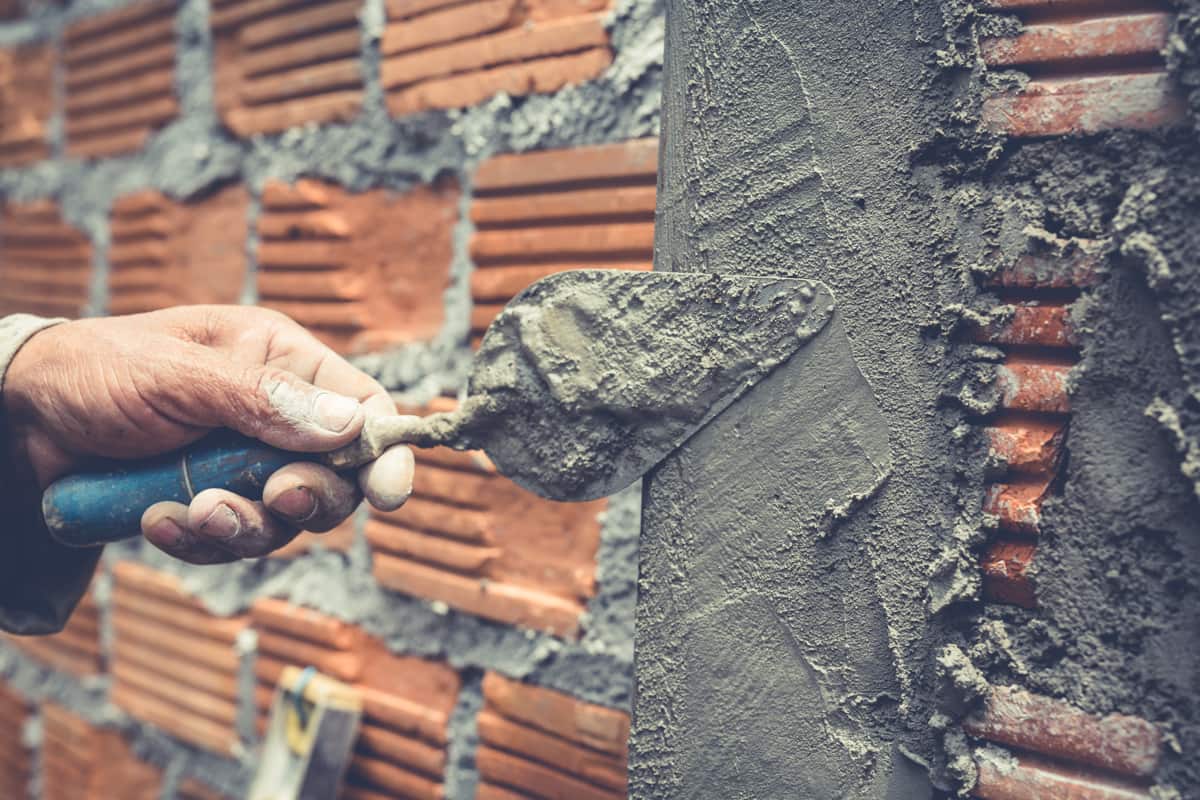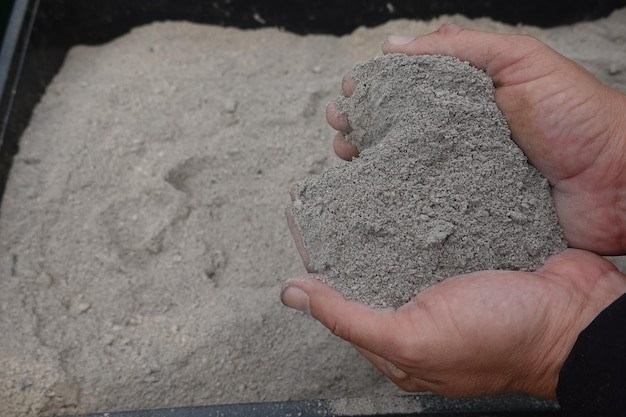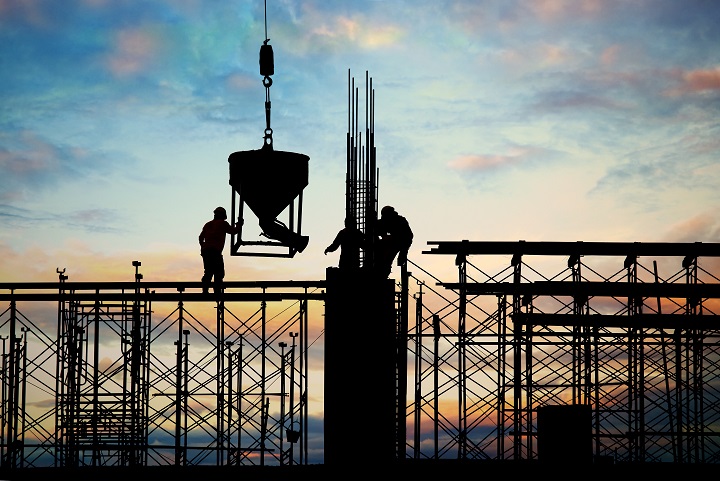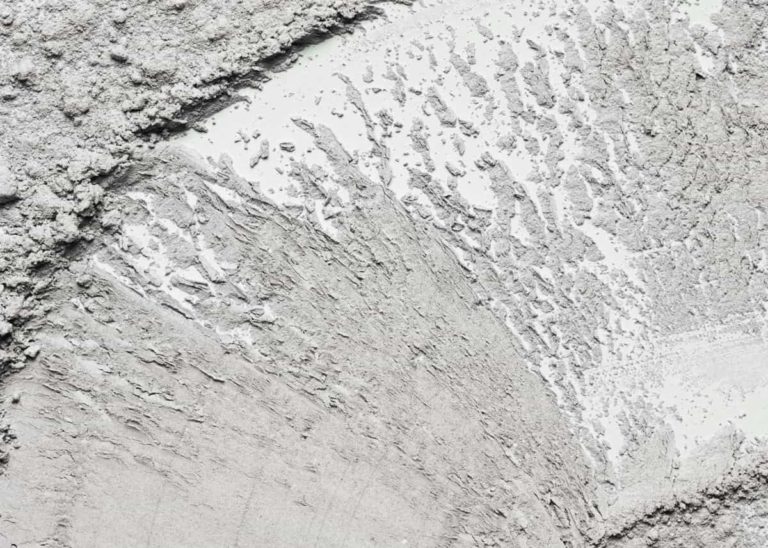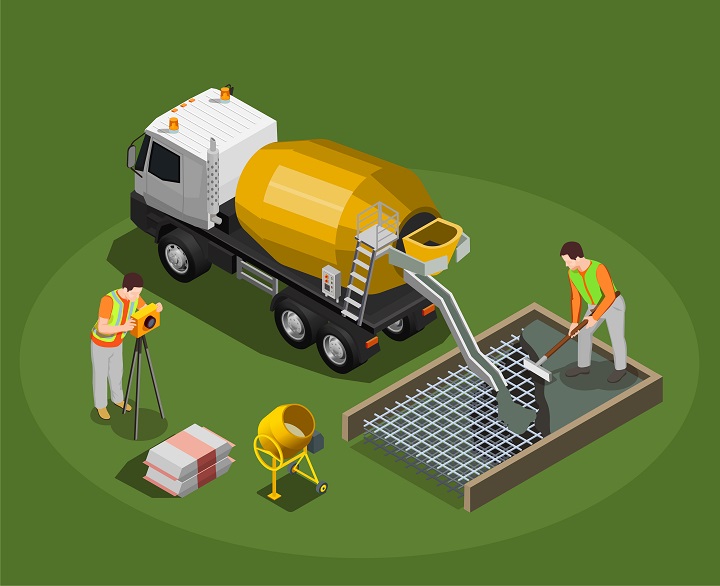Cement’s Impact on Sustainable Building Practices
Professionals in the architectural, interior design and construction industries are increasingly seeking innovative ways to reduce their environmental footprint. One of the most promising solutions lies in the adoption of eco-friendly concrete. This comprehensive exploration will uncover the essence of sustainable concrete, including its composition, manufacturing procedures, advantages, and practical uses. Join us as we unveil how this material is transforming the construction sector and contributing to a more sustainable future.
Understanding Sustainable Concrete
Traditional Concrete vs. Sustainable Concrete
While traditional concrete has long been the go-to building material, its production comes with a significant environmental cost. Enter eco-friendly concrete – an alternative that incorporates environmentally responsible materials and processes.
Environmental Impact of Traditional Concrete
Cement production alone contributes approximately 8% of global CO2 emissions, alongside issues like land degradation and water pollution. The need for sustainable alternatives in the construction industry is becoming increasingly urgent.
Read also- PPC vs PSC Cement: Which is Better to Use in Bangladesh
Components of Sustainable Concrete
Supplementary Cementitious Materials
Materials such as Fly Ash, a byproduct of coal combustion, and Ground Granulated Blast Furnace Slag (GGBFS) from the steel industry play vital roles. These materials enhance concrete properties, reduce cement demand, and repurpose waste.
Some prevalent SCMs include:
| SCM | Description |
| Fly Ash | A byproduct from coal-fired power plants, fly ash contributes to concrete’s workability and durability. Its inclusion in concrete formulations repurposes waste and cuts down on cement demand. |
| Ground Granulated Blast Furnace Slag (GGBFS) | Originating from the iron and steel sector, GGBFS is famed for improving concrete strength and reducing its permeability, making it an outstanding choice for sustainable building. |
| Silica Fume | This byproduct from the production of silicon and ferrosilicon alloys, known for its ultrafine quality, substantially enhances the concrete’s strength while decreasing permeability, thus safeguarding against harmful substance penetration. |
Recycled Aggregates
Utilizing construction and demolition waste as recycled aggregates conserves natural resources, reduces waste and promotes a circular economy. This sustainable approach contributes to resource efficiency.
The advantages of this method include:
| Advantage | Description |
| Conservation of Natural Resources | The use of recycled aggregates lessens the need for new materials, thus preserving natural resources and reducing the environmental impact of their extraction. |
| Waste Reduction | By repurposing construction and demolition waste as recycled aggregates, these materials are diverted from landfills, enhancing waste reduction and promoting a circular economy. |
| Energy Savings | The process of recycling and repurposing aggregates consumes less energy compared to the extraction and processing of new materials, thus reducing the energy footprint of concrete production. |
Admixtures
Eco-friendly additives modify concrete properties. Water-reducing agents decrease water content, air-entraining agents improve freeze-thaw resistance, and pozzolanic admixtures enhance strength while minimizing cement content.
Some sustainable admixtures include:
| Admixture | Description |
| Water-Reducing Agents | These reduce the mix’s water content without compromising its workability, which in turn lowers the cement requirement and the mix’s environmental impact. |
| Air-Entraining Agents | These introduce small, evenly spaced air pockets in the concrete, enhancing its resistance to freeze-thaw cycles and overall durability. |
| Pozzolanic Admixtures | Materials like natural pozzolans or rice husk ash react with the calcium hydroxide released during cement hydration to create additional cementitious substances, improving the concrete’s strength and reducing permeability. |
Also, note that sustainable admixtures enable the creation of optimized concrete mixes that maintain performance while reducing cement content.
Read also- Sustainable Construction Trends for a Greener Future
Production Process of Sustainable Concrete
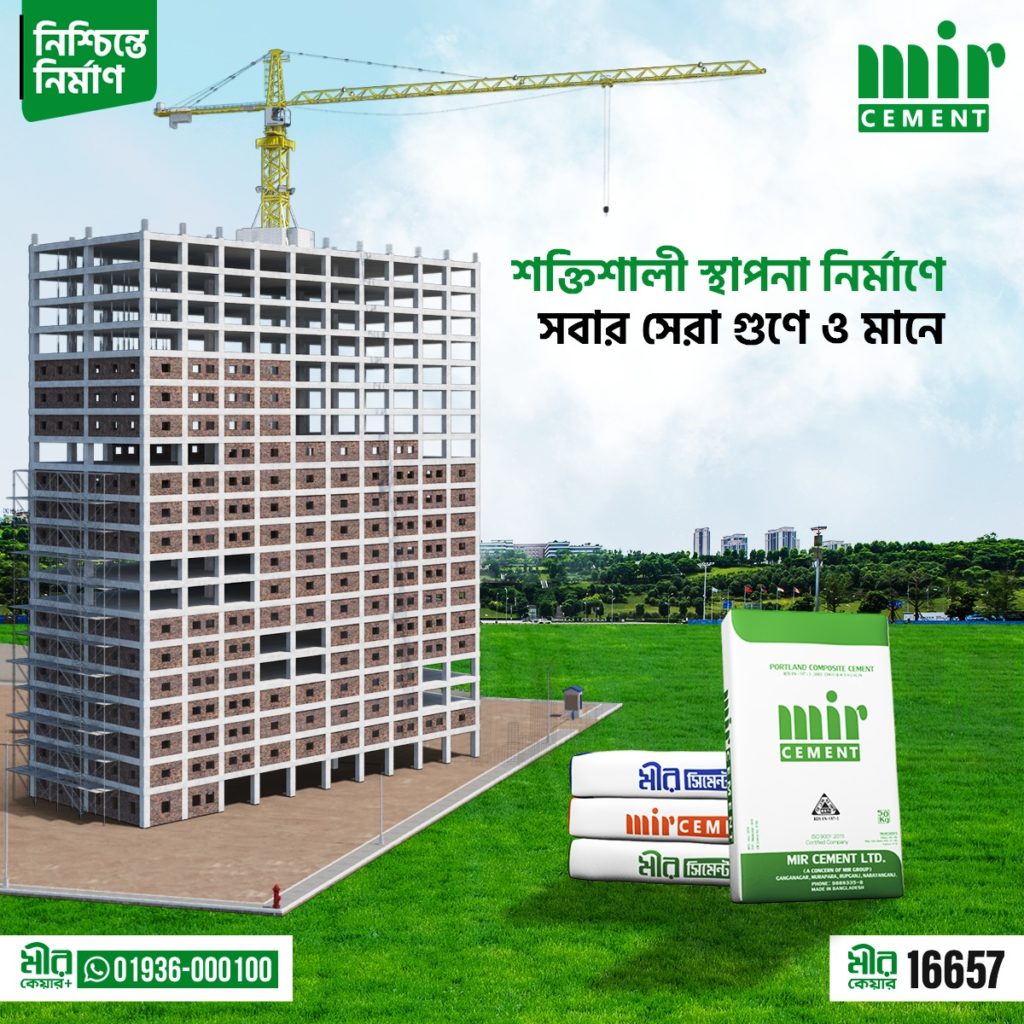
Strategies to Minimize CO2 Emissions
The reduction of CO2 emissions is paramount in the production of sustainable concrete. Strategies to achieve this include:
- SCM Utilization: Integrating SCMs like fly ash and GGBFS can reduce the CO2 footprint of cement production.
- Incorporation of Recycled Aggregates: Leveraging recycled aggregates decreases the reliance on virgin materials, thus reducing energy use and associated CO2 emissions.
- Eco-Friendly Admixtures: Employing admixtures that minimize cement usage can also diminish CO2 emissions.
- Innovative Manufacturing Methods: Technologies such as carbon capture and storage can help reduce CO2 emissions in cement manufacturing by capturing and storing the CO2 underground.
Efficient Resource Utilization
Resource optimization is a key component of sustainable concrete production. Some strategies include:
- Local Sourcing: Sourcing materials locally reduces transportation emissions and boosts local economies.
- Optimized Mix Designs: Tailoring concrete mix designs to use minimal virgin materials helps conserve resources and cut energy use.
- Industrial Byproducts: Utilizing byproducts from other industries as SCMs and recycled aggregates promotes a circular economy.
Waste Reduction
Waste minimization is vital in the concrete production process, with strategies such as:
- Lean Manufacturing: This approach helps identify and eliminate waste, streamlining operations and lessening the environmental impact.
- Just-in-Time Production: JIT production minimizes storage needs and potential waste by ensuring materials are delivered only as needed.
- Recycling and Reuse: Encouraging the recycling and reuse of construction and demolition waste and industrial byproducts helps decrease the demand for new materials.
Benefits of Sustainable Concrete
Environmental Benefits
Reduced CO2 emissions, conservation of natural resources, minimized waste, and a diminished impact on land and water contribute to a healthier environment.
Economic Benefits
Long-term cost savings, resource efficiency, and resilient infrastructure contribute to economic advantages in the use of sustainable concrete.
Social Benefits
Support for local economies, healthier communities, and an enhanced quality of life for occupants make sustainable concrete a socially responsible choice.
Further reading: How Cement Plays a Vital Role in Sustainable Infrastructure Development?
Applications of Sustainable Concrete
Versatile in application, sustainable concrete finds use in green building projects, infrastructure, and urban development initiatives. Its eco-friendly nature, durability, and low-maintenance requirements make it suitable for various construction projects.
Challenges and Future Developments For Sustainable Concrete
While sustainable concrete offers numerous advantages, challenges such as initial higher costs and a lack of awareness need addressing. Future developments will focus on improving performance, exploring innovative production techniques, and discovering new applications.
Conclusion
Eco-friendly concrete stands as a beacon of progress in the construction industry’s journey toward sustainability. By comprehending and embracing the principles of sustainable concrete, we pave the way for constructing buildings that not only meet our immediate needs but also serve as guardians of the environment for generations to come. Mir Cement, with its commitment to eco-friendly practices, exemplifies the positive impact that can be achieved in the cement industry through sustainable initiatives. It is through these green building practices that a more sustainable and responsible future in construction, echoed by pioneers like Mir Cement, can be realized.
For more information, feel free to contact us at info@mircement.com or visit our website.
Frequently Asked Questions (FAQs)
-
How does cement contribute to sustainable construction practices?
Cement enhances durability, reducing the need for frequent replacements.
-
What are eco-friendly alternatives to traditional cement in construction?
Explore options like fly ash or slag cement for sustainability.
-
Can cement production be environmentally responsible?
Yes, with innovations like carbon capture and sustainable sourcing.
-
How does cement impact energy efficiency in buildings?
High thermal mass from cement aids in natural temperature regulation.
-
Are there sustainable practices for disposing of old cement?
Recycling concrete waste reduces environmental impact and encourages sustainability.

